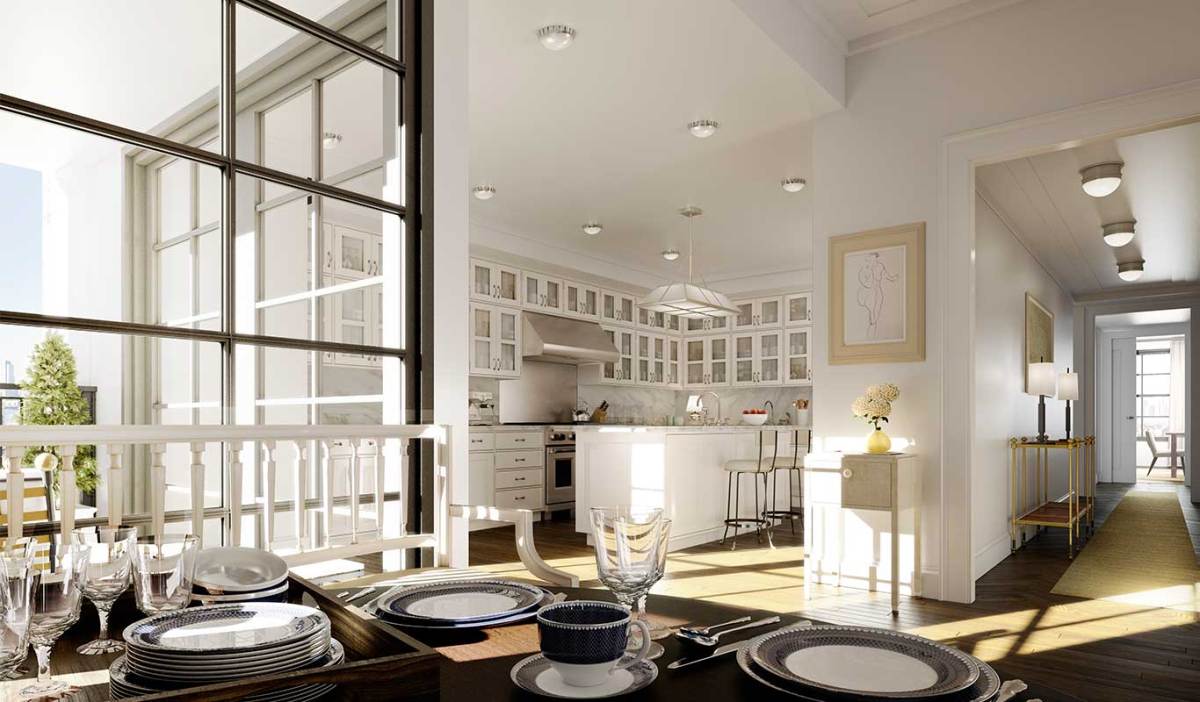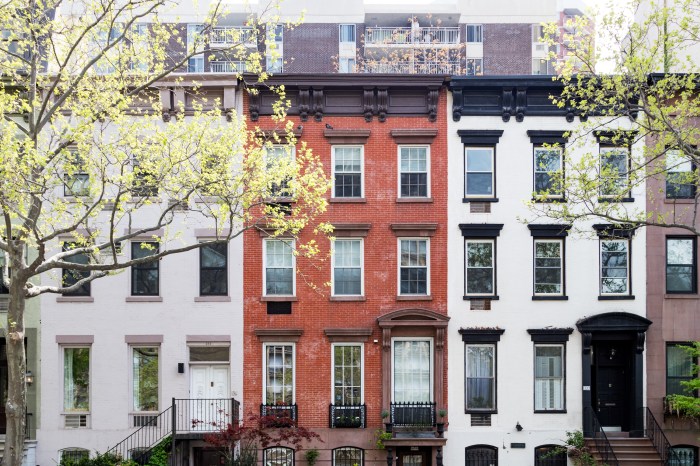BY CARL STEIN | Recently, there has been much discussion in the community and in the press about The Greenwich Lane, the Rudin development on the old St. Vincent’s Hospital site. Either tacitly or explicitly, much of this discussion centers on attempting to define what constitutes appropriate development, particularly in communities with strong historic or cultural pasts.
This is a highly complex question with no simple answers. Cities are evolutionary. Preservation of historic districts must be a high priority — but needs change, as do the technologies to meet these needs.
On the one hand, for the case in point, the design for buildings currently under construction on the old St. Vincent’s site could have been far worse than it is. However, it could also have been far better.
Having just returned from three days in Dallas, I’m struck by the wonderful qualities of Greenwich Village and reminded how little The Greenwich Lane has to do with these qualities. This is partly a function of architecture, of scale and texture. It’s also partly a function of the potential for creating an enclave — a gated community — in what is otherwise a very open and interconnected neighborhood. But more than anything else, what this new development does is accelerate the trend away from a place that accommodated an incredibly wide range of residents.
The essence of the Village has been its diversity. It has accommodated the wealthy in large, single-family townhouses and gracious apartments. But it has also been home to a significant creative population, many of whose works had limited commercial potential. That it was a cultural center was not only important to the artistic population itself, but was also a benefit to all who lived in the Village, and was a major reason that many people who could have afforded to live on Park or Fifth Aves. chose the Village instead.
When I moved to 11th St. a mere 42 years ago, my neighbors included writers Donald Barthelme, Grace Paley, Kirkpatrick Sale, Steve Gaines and Israel Horovitz. There were at least three architects living on the block, and there were at least three doctors and a dentist all practicing in the area. The sculptor Gonzalo Fonseca lived and worked in the house where his family still lives. There were two feature writers and a wine critic for The New York Times, at least one senior editor for a major publisher, a tenor in the New York City Opera and a cabaret chanteuse.
The block was a microcosm of the best of urban life — and my apologies to all I’ve left out. One Village block had all this, and there was still room for St. Vincent’s Hospital to occupy nearly half of the north side of the block and P.S. 41 one-third of the south. While real estate economics of recent years discourage these demographics, The Greenwich Lane makes an unprecedented leap away from that archetypal Greenwich Village block.
Then there is authentic sense of place — genius loci. While I was in Dallas, I saw a lot of interesting — and in some cases quite good — architecture. However, it all seemed isolated both in time and place. It may be that over time, downtown Dallas will acquire some sense of history. But, for now, it feels like a massive space station that has recently landed on the prairie.
The Village, though, has more than 300 years of continuous history. Some of its oldest features exist only in its irregular street patterns. But there are significant numbers of surviving, well-used buildings approaching 200 years in age.
The challenge is to maintain this fabric, and the continuum of Village architecture, in ways that support the vibrant urban conditions that the Village has been known for — while preserving the authenticity that only comes with the passage of time.
I think of the appraiser on “Antiques Roadshow” saying, “That’s a lovely piece but it’s a shame that you cleaned away all of the wonderful patina that built up over the centuries. You’ve removed most of the value.”
The “value” of patina is not just for collectors. We care about it, we value it for its integral connection to the historical / cultural continuum. Of course, there needs to be the possibility for new construction in places like The Greenwich Village. My own view is that this ought not be slavish copies of older buildings but should respect the underlying criteria that define this special place. Unfortunately, I believe that here, The Greenwich Lane falls short.
Stein is a Fellow of American Institute of Architects (FAIA) and principal and founder, elemental architecture LLC


















